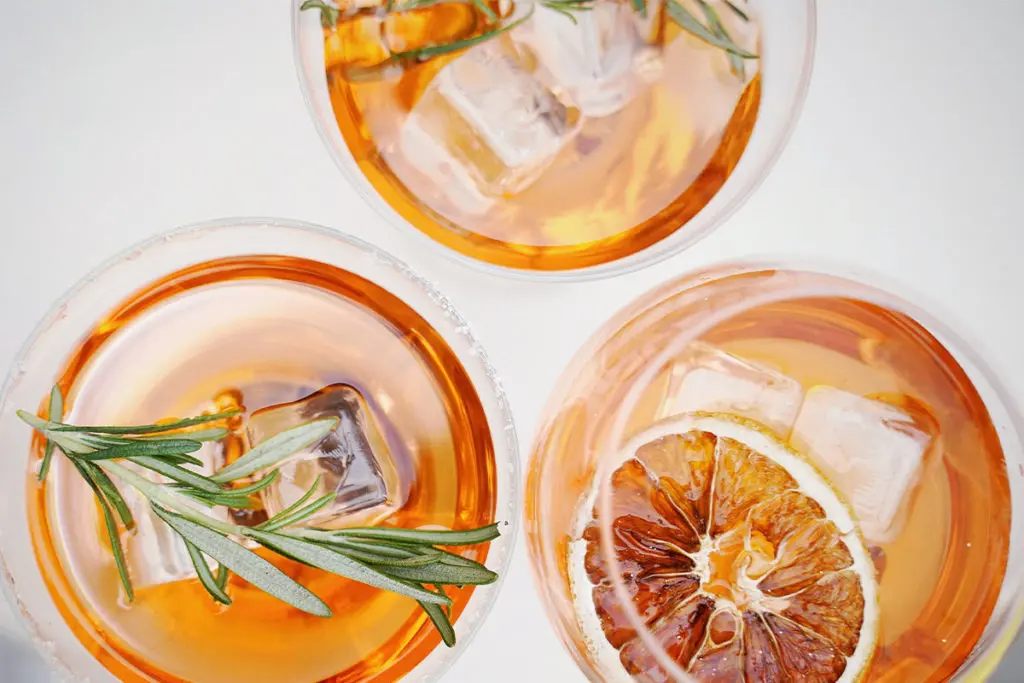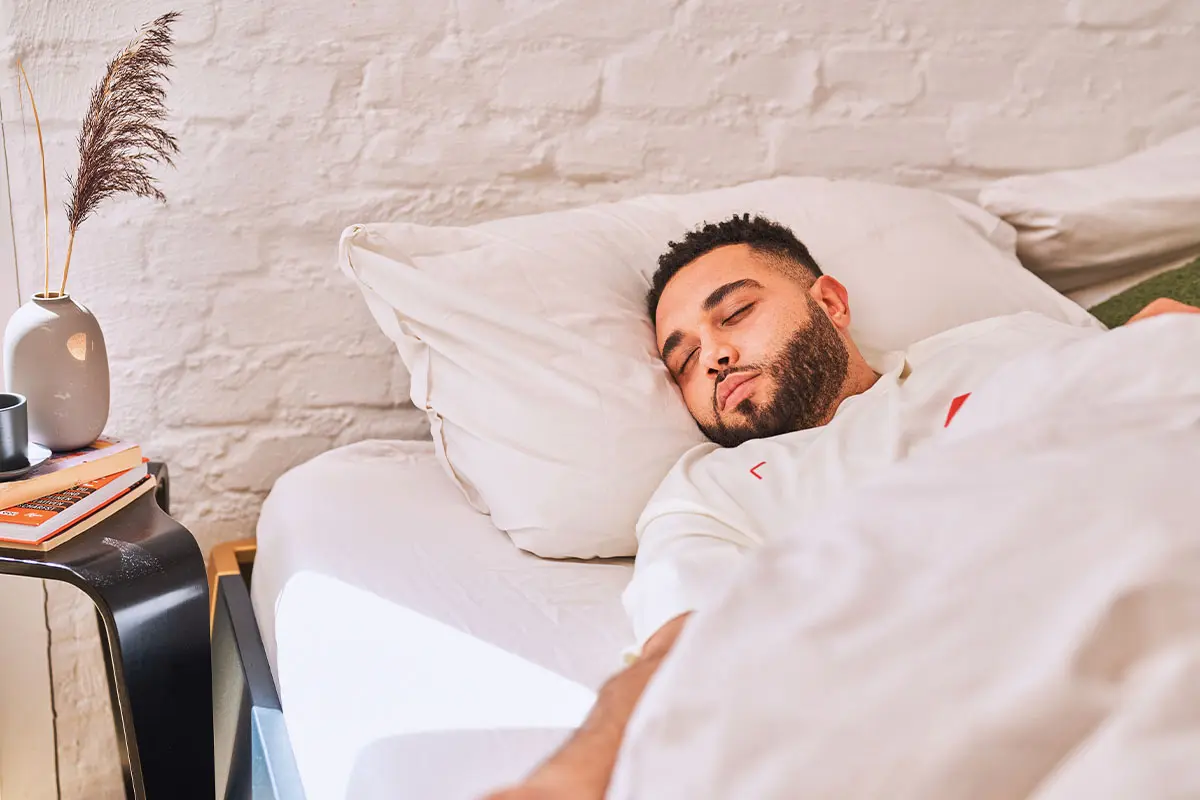ALCOHOL AND EXERCISE: 7 RULEA FOR ATHLETES

In the United States, approximately 10 liters (ethanol) of pure alcohol are consumed each year per capita. Alcohol and exercise – do they go together? Here are seven rules to follow if you want your drinking not to affect your athletic performance.
1. The name of the game is MODERATION
Alcohol is “allowed” by athletes and leisure athletes if consumed in moderation. There is no consensus among scientists on how much alcohol to consume and whether it will affect your training. ( 2 ) However, we do know that women should drink less. The female body is less able to digest alcohol due to its lower mass, higher percentage of fat, and reduced enzyme activity.
Common recommendations for moderate alcohol intake without health risks
- Women: 10g alcohol (1/8 wine)
- 20g ( 1/4 of wine or 0.3L of beer) for men per day(3)
It is generally recommended to limit alcohol consumption while doing sports.

2. KEEP A CHECK ON THE CALORIE CONSUMPTION
Alcohol is often underrated as a source of calories. Alcohol contains 7 calories per gram, while fat has 9 calories. So, 0.5 liters beer contains 200 calories. You would have to run for 30 minutes in order to “burn off” the beer. The body stores calories that we do not burn. Cocktails with cream, syrups or cordials that are high in sugar and fat – these drinks contain the most calories of all alcoholic beverages.
3. Stay Hydrated
Alcohol encourages water excretion via the kidneys. This can cause your body to dehydrate faster, altering the mineral balance. potassium, magnesium, zinc). Your muscles’ performance will suffer if you don’t have these minerals. As a rule, you should drink water after every glass of wine or beer. It will not only make you drink less, but it also saves calories. Remember to replace the electrolytes, liquids and salts that you lose through sweating. It is best to use drinks that have the same salt content as your body fluids. This characteristic makes them ideal for rehydrating with water and minerals after a workout.
4. AVOID ALCOHOL WHEN INTENSE TRAINING AND COMPETITION PHASES
Even moderate alcohol consumption can lead to a reduction in muscular strength. In one study, after working out men consumed 1 gram vodka mixed with orange juice for every kg of their body weight. This is equivalent to six vodka shots for the average man. They were then tested again 36 and 60 hours later to compare their strength to that of a control group. The study showed that alcohol-drinking participants had significantly lower strength values than the control group, despite both groups being given the same amount of time to recover. (5 ) You should avoid alcohol during periods of intense training. Avoid alcohol or drink it in very small amounts within 48 hours of a competition.
What if you accidentally overdo?
Here are some tips to help you exercise with a hangover.
Combining alcohol with exercise will not help you build muscle. Alcohol consumption after exercise reduces muscle protein syntheses, which can hinder recovery and muscle growth.
5. IMPROVE RECOVERY AND PREVENT INJURY
Alcohol consumption can negatively impact your recovery, but there is no limit. Alcohol consumption can cause cramps and make you more susceptible to injuries. It also prolongs your healing time. For your safety, choose the alcohol-free option during periods of intense training or when you need to do a lot of mileage.
6. GET ENOUGH SHUT-EYE
Your performance will be affected by excessive alcohol consumption and the nights spent on the dancefloor. Alcohol and too little sleep can put your body in a stressful state. You need to allow yourself enough recovery time.

7. ALCOHOL-FREE BEER – A GREAT ALTERNATIVE
After a competition, beer is often recommended as the perfect drink to replenish minerals and carbohydrates. It is important to replenish the minerals and carbohydrates you have lost or burned. The alcohol in beer, however, slows the filling of your body’s deposit, which is necessary for recovery and future training sessions. Opt for an alcohol-free beer! Non-alcoholic beer is often isotonic and can be used to replenish electrolytes, liquids, etc. Keep in mind, however, that even alcohol free beer can contain up to 0.5% alcohol. Next time, try it with orange juice! American College of Sports Medicinefound OJ to contain 4 times more potassium and 3x as many carbohydrates as beer. You’d have to drink 11 glasses more beer than orange juice to get the recommended daily amount of B vitamins.
CONCLUSION
Even athletes can enjoy a drink or two in moderation. If you are trying to increase your performance, gain muscle or train for a race then avoid the bottle.